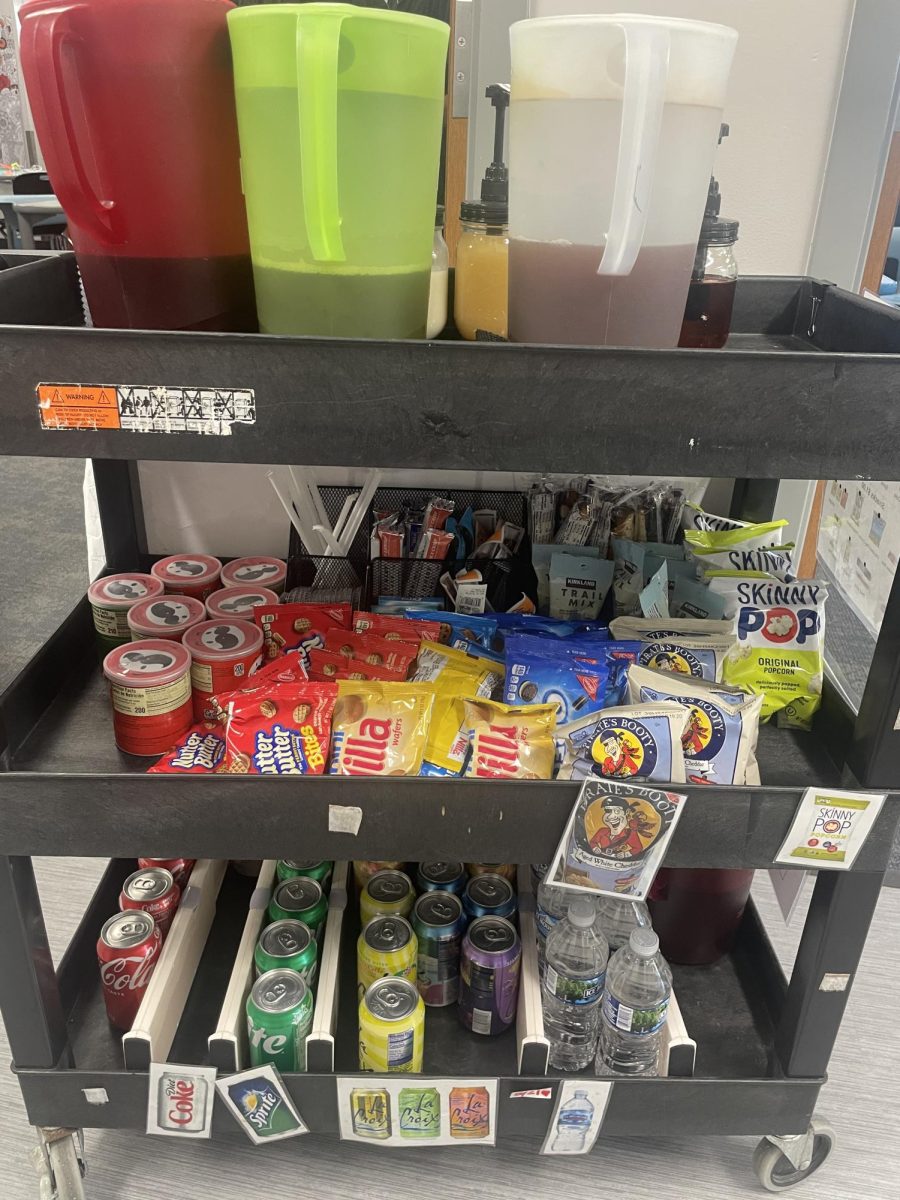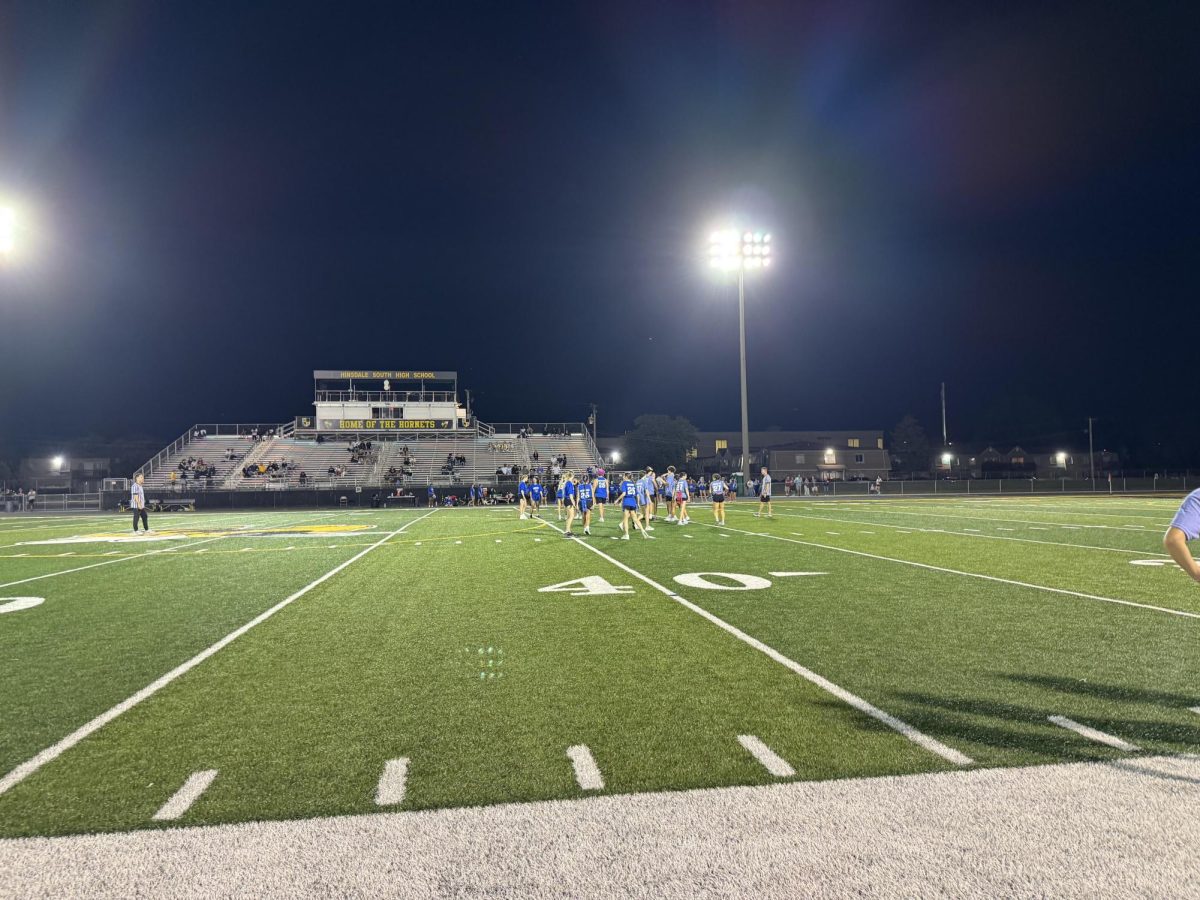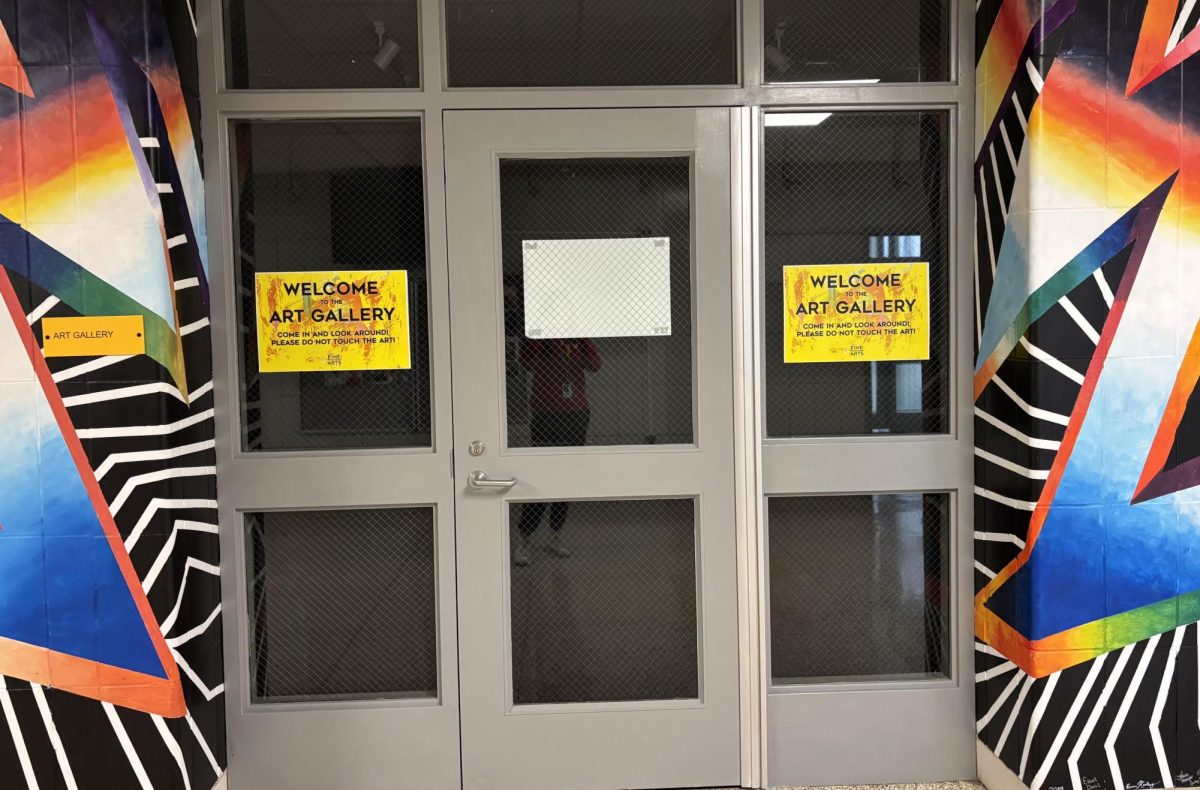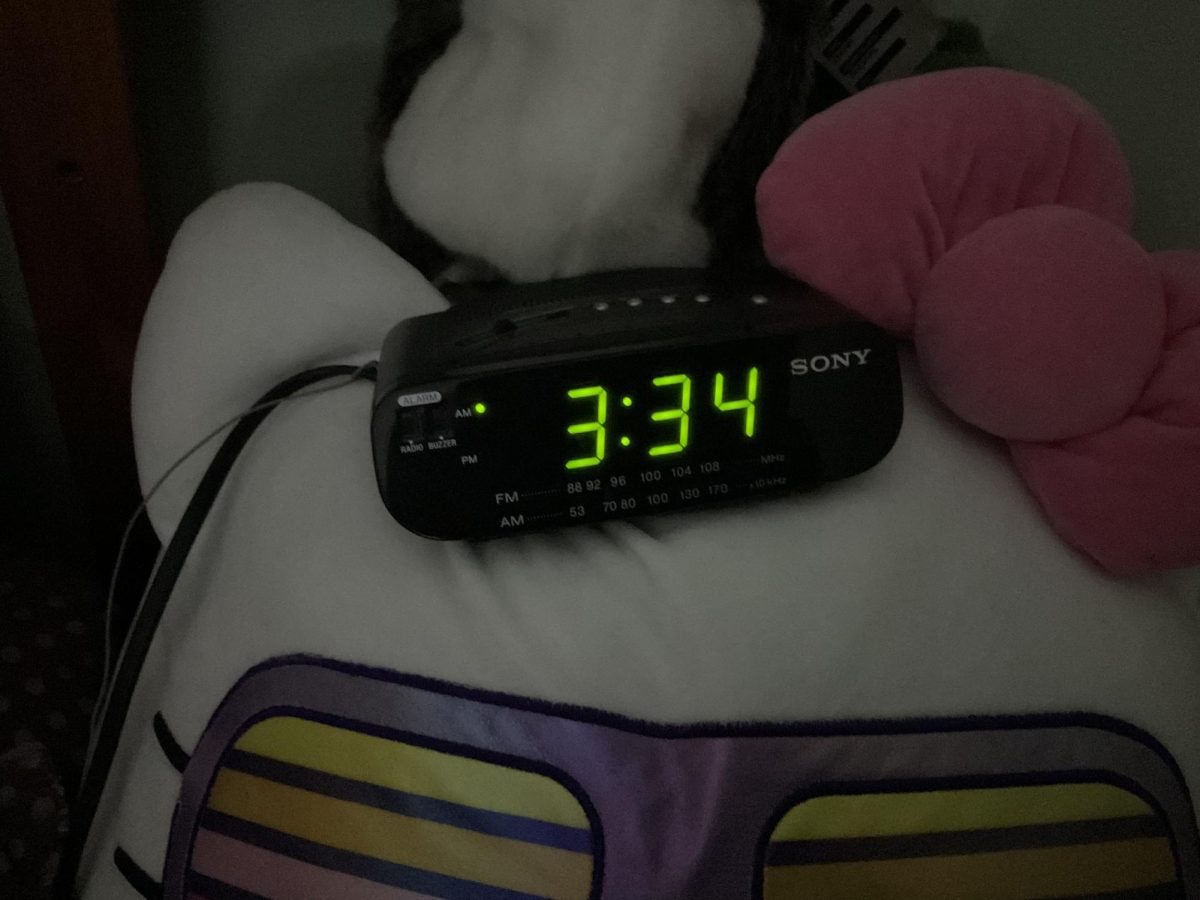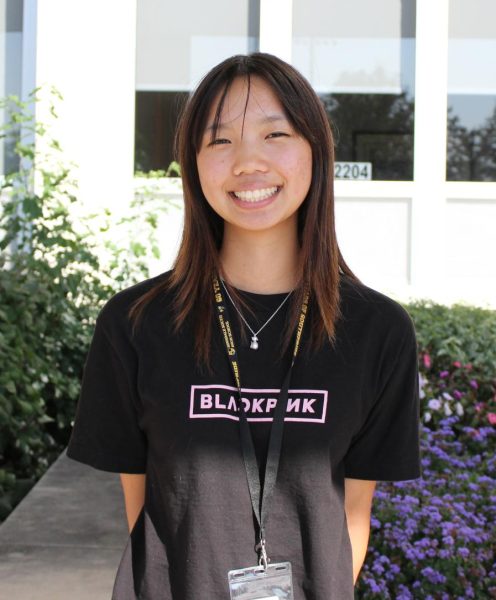Every day at Hinsdale South, one can peer into the classrooms and see a group of students watering plants. They might also come across “The Buzz” coffee cart, another student-run operation. While it may not seem like these students are learning, these activities are an important part of Hinsdale South’s special education program. Serving anywhere from 175 to 200 students every year, the program is dedicated to helping students with special needs succeed in life after high school.
What does watering plants and selling coffee have to do with special education? According to Mrs. Pascavage, South’s director of special education, it’s all a part of “functional skills”.
“So all high school kids are working on functional skills,” said Mrs. Pascavage. “Yours might be getting up in the morning on your own, setting your alarm, doing those kinds of things.”
For students that need extra help developing those skills, South offers Job Training class. As the name suggests, this class is meant to help students develop skills they may need to get jobs after high school. Among others, doing laundry, watering plants in the greenhouse, and washing cars are all activities students participate in during this class. However, students aren’t simply thrown into tasks at random.
It all starts with an Individualized Education Program (IEP) meeting between parents and special education teachers to develop a plan for the student’s education and determine what accommodations they may need. The goal of the meetings is to get each student in “their least restrictive environment,” said Mrs. Pascavage.
IEP meetings aim to give students with disabilities as much access to the general education curriculum as possible while also providing them with enough support to succeed. This inevitably means different types of support for students depending on their needs. Some students may not need to take Job Training, and others may not be ready for the tasks, but it is beneficial for many.
To get a closer look at how the Job Training class works, one of Stinger’s editors-in-chief shadowed the Buzz Cart, which runs during second and seventh period selling drinks and snacks to teachers. Students rotate tasks throughout the week, and on this particular day, freshman Chloe Herrera and sophomore Omar Nassar were on the job.
With two stoves, two refrigerators, a cooler, and a washer and dryer, the room where the Buzz Cart is parked looks less like a classroom and more like a kitchen with a laundromat inside. While another student folded towels on the other side of the room, Nassar and Herrera prepared the cart for business. They grabbed cans of Le Croix and other sodas from the fridge, as well as pitchers full of iced tea and bottles of syrup. Various snacks were offered on the cart too, including Pringles, Skinny Pop, and Oreos. Clearly, this routine was a practiced one. After performing it like a well-oiled machine, they set out into the hallway to their first stop: the front office.
Once there, Nassar asked those working inside if they’d like anything from the cart. No luck; no one was thirsty that day. It wasn’t until the Buzz Cart got to the English office on the second floor that two teachers ordered sodas from the cart. Herrera was in charge of grabbing the drink or pouring it while Nassar handled the money.
One teacher, Mrs. Hettinger, handed Nassar a five dollar bill for a drink that cost only one, requiring him to count change. Cleverly, all items on the Buzz Cart cost exactly one dollar, making this process faster. This was clearly the most challenging part of the process, but with a combination of Mrs. Hettinger’s patience and a little time, the task was accomplished.
According to Mr. Fox, the special education teacher that accompanied the pair, the Buzz Cart is meant to prepare students for service jobs. It allows them to work on their communication skills and gives them an opportunity to handle money, both skills that students wouldn’t get to practice in a general education class.
After a final stop at the sanctuary classrooms, which are past the engineering rooms on the first floor, the Buzz Cart headed back to the Job Training classroom for the end of the period. Again, the students put away the perishable parts of the cart with as much practiced ease as when they took them out. Although at most fifteen dollars were made during the period, the experience the students gained was much more valuable.

